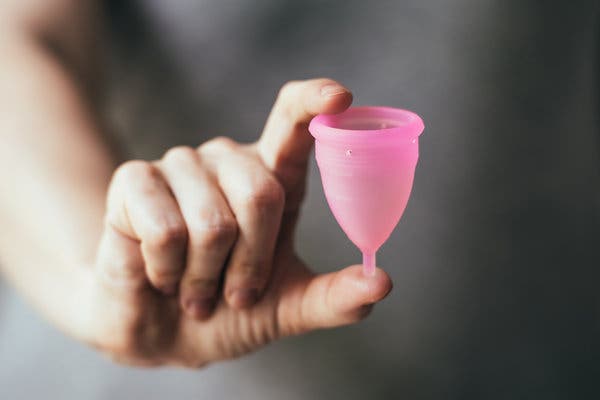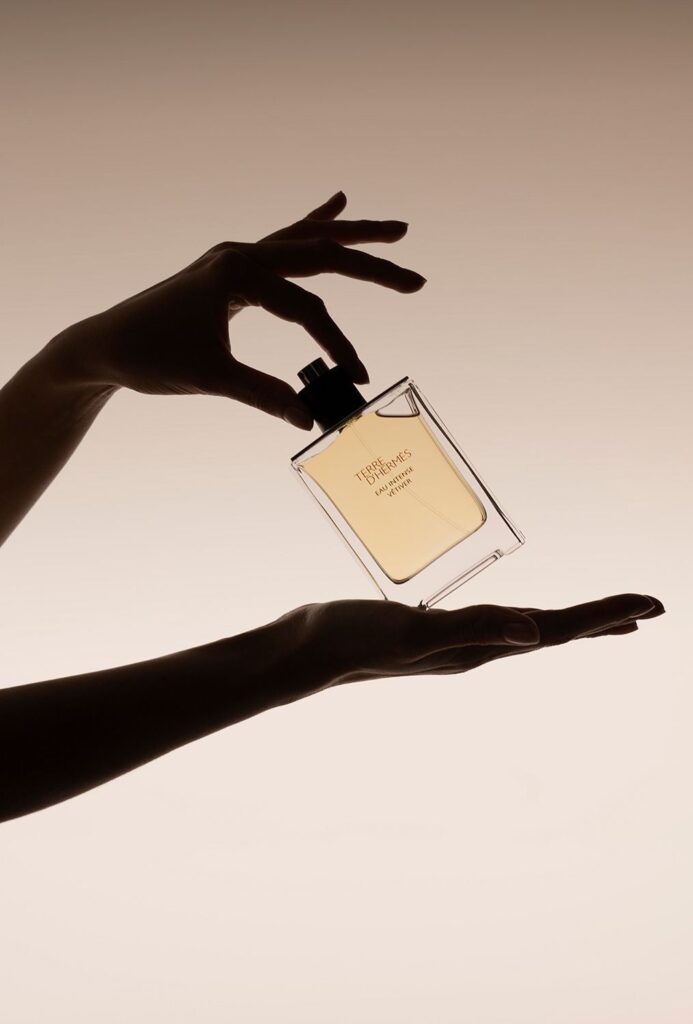You may not even think about it, but your period has a major environmental impact.
Studies have found that an estimated 45 billion feminine hygiene products are thrown away each year. With that in mind, consider that the average woman menstruates for about 38 years, meaning this impact is pretty long-term. Period products are now becoming an environmental challenge, as many products take centuries to biodegrade, but luckily, there are a few solutions to help decrease that monthly waste.
Menstrual cups are equally as safe and effective as sanitary pads and tampons with one drastic difference: they can allow you to eliminate period waste all together. Many women have not even heard of menstrual cups; others know them by brand names such as the Diva Cup or Lena cups.
As more women are speaking publicly about menstrual periods, such as demanding free menstrual supplies in schools and the repealing of tampon taxes, the use of eco-friendly menstrual cups is becoming more widespread.
What is it?
Menstrual cups are small, bell-shaped devices, usually made out of silicon that are a great alternative to your average tampon or pad. Rather than absorbing your flow like a tampon, cups catch and collect it allowing disposal without waste. Just before your period begins, cups are tightly folded and inserted the same way as a tampon, just without the wasteful applicator. The cup will spring open once inserted, forming a seal to prevent leakage.
In terms of disposal, there is a stem at the end of the cup similarly to the string of a tampon. Pulling on the stem while pinching the bottom of the cup allows you to release the seal, giving you the ability to empty them. Cups can simply be rinsed with water and reinserted. At the end of your cycle, cups can be sterilized by boiling it in water and storing it in a clean dry place.
Depending upon the brand, cups normally come in a few different sizes for teens, women and those who have given birth.
Benefits
Unlike the average tampon, which can be worn for only a few hours, menstrual cups have you covered leak-free for up to 12 hours. The days of you keeping a stash of tampons in your backpack and planning out when you can change could soon be over. Menstrual cups are also safe to wear at night, ensuring you leak-free sleep.
The price is right too — reliable brands on the market are pricing these reusable period alternatives at just under $30. The average woman can spend up to $120 a year on period products, and since the menstrual cup lasts years, it could save you hundreds of dollars in the long-run.
Menstrual cups also contain little-to-no chemicals or parabens, unlike some tampons. Tampons are typically made of a mixture of rayon and cotton, this process contributing to the formation of dioxins which have been scientifically proven to be a toxic chemical. Vaginal walls are incredibly permeable, meaning these chemicals have easy access to the bloodstream.
Like any other period product you would need, menstrual cups are sold over the counter in drug stores and online.





